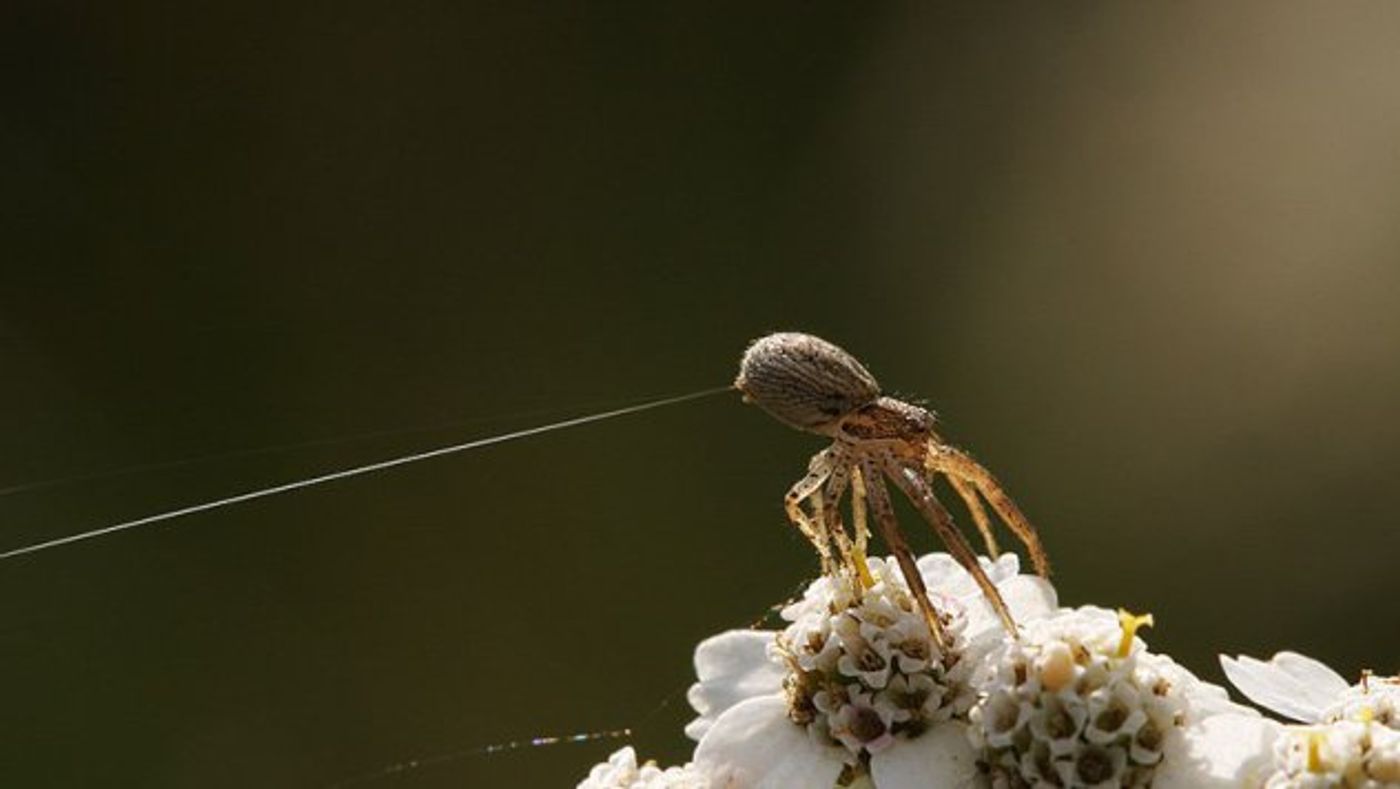These Spiders Flew Hundreds of Miles Across the Ocean to Get to an Island
Lots of people look at spiders and see a grand total of eight legs, but no wings, and so they’ve largely been considered land creatures.
On the other hand, a group of researchers that were studying a particular species of arachnids were surprised to find that one particular type of spider was linked to at least three to four different species found on a remote island in the Pacific Ocean.
While studying ghost spiders at Robinson Crusoe island, they learned that at some point in the distant past, spiders may have actually flown great distances of more than 100 miles to get to a new location. In this case, it may have been this very island.
These spiders didn’t have wings, but they would have utilized a flying technique that a number of spiders are capable of known as ballooning. In this act, a spider can create a kite-like object out of its own lightweight silk and can use the power of the wind to fly.
This might sound a little crazy, or perhaps even like an arachnid version of human engineering, but ballooning is a very real thing with spiders and has been observed many times in the past.
After having mastered the art of ballooning, these spiders would have drifted around 400 miles off of the coast of Chile to find their way to the remote island in the Pacific Ocean. Once there, the species would have evolved and adapted to the new territory, which is where scientists believe the three new species discoveries came from.
“Everything that lives there comes from somewhere else and evolved in a very short span of time,” says Martín Ramírez, a spider researcher with Argentina’s National Scientific and Technical Research Council.
The castaway spiders that populate the remote island a quite different from their relative in a number of ways. Many of them are far larger than their relatives, while others appear to have significantly smaller genital organs than their relatives.
Regardless of their bodily differences from their relatives, the researchers note that they’re doing very well for themselves on the island. They’re not short on numbers, so whatever they’re doing there seems to be working well for them.
At this point in time, not a lot is known about them or their mating methods, but scientists hope to learn more in future research.
Source: National Geographic









